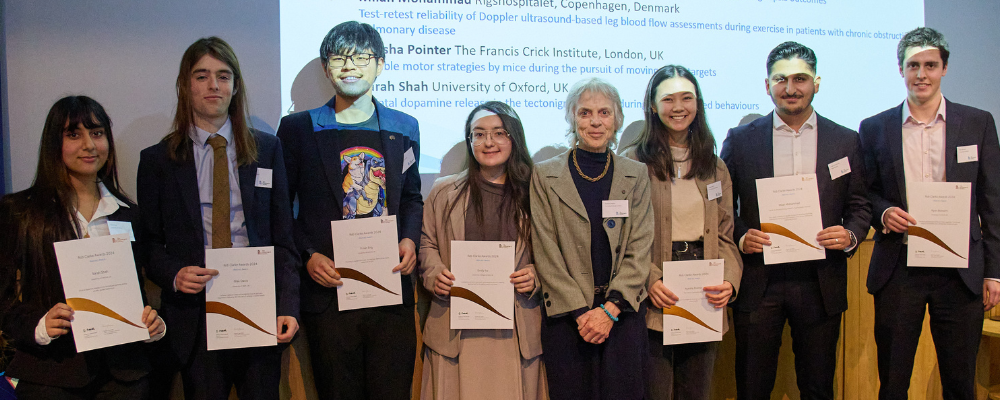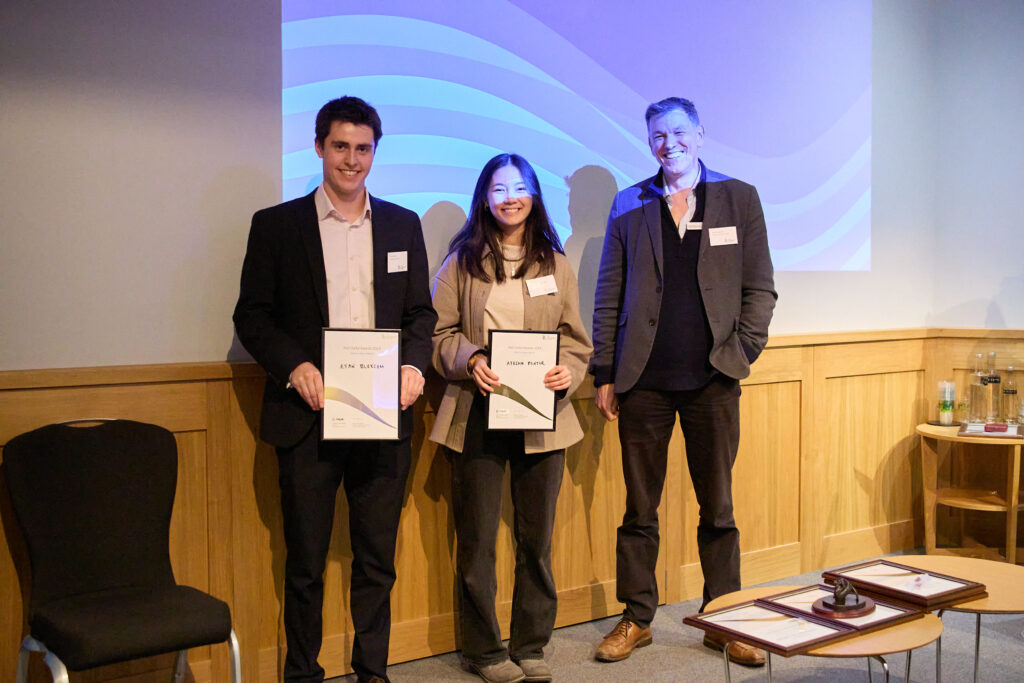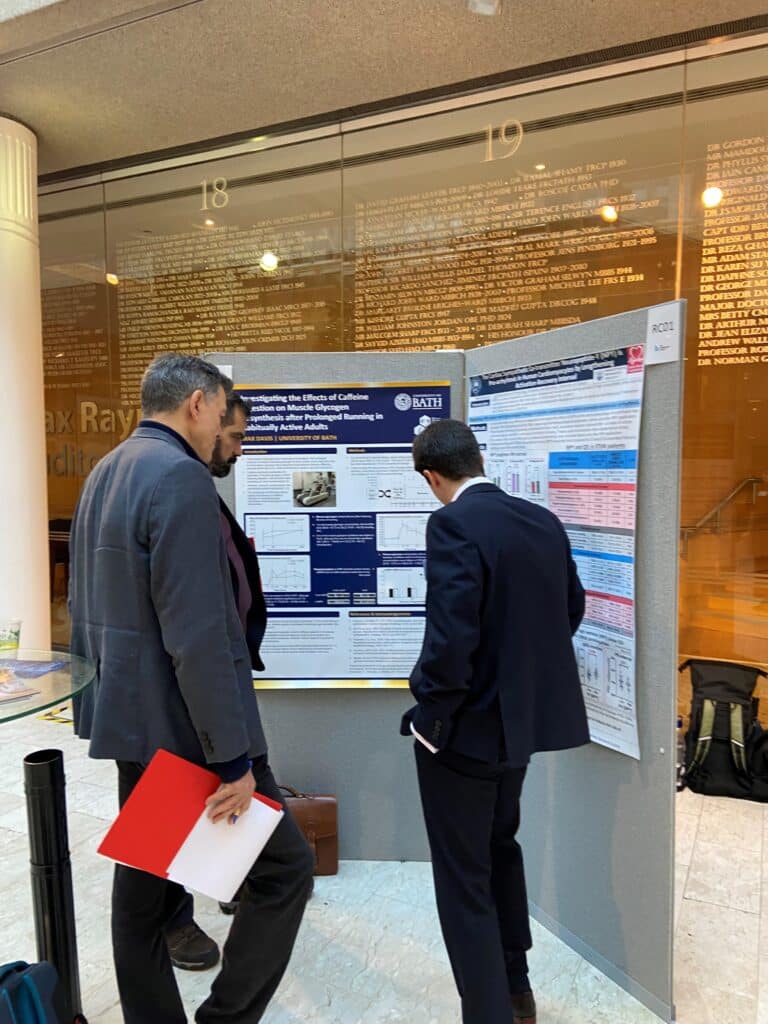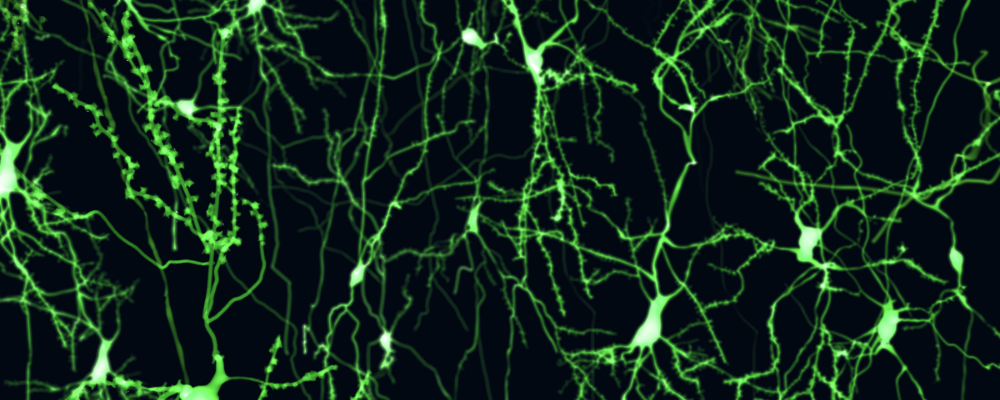
Award spotlight with Ryan Bloxsom (2024 joint Rob Clarke Awards winner)
Ryan Bloxsom, University of Oxford, UK
“Exploring mechanisms of arrhythmias in humans was a good introduction into a research project focussing on basic science, while including some clinical data. I was lucky to combine lab techniques with data from patients enrolled in the OxAMI study.”

On 29 November 2024, Ryan Bloxsom (University of Oxford, UK) presented his poster titled ‘The electrophysiological effects of Neuropeptide-Y on human Induced pluripotent stem cell derived cardiomyocytes’ at the final judging of the Rob Clarke Awards at our Member Forum. Later that day, the judges presented Ryan, and finalist Ayesha Pointer (The Francis Crick Institute, UK), as the 2024 joint Rob Clarke Awards winners.
The award recognises excellence in undergraduate physiology projects. Ryan completed his project on peptide neurotransmitters and the heart at the Department of Physiology, Anatomy and Genetics (University of Oxford) during his final year reading medical sciences at Wadham College. Now, he is studying Clinical Medicine at the John Radcliffe Hospital in Oxford, exploring different specialties, having the opportunity to work across multiple hospitals to consider and evaluate potential future specialty training opportunities.
In this Q&A, Ryan tells us more about his research project on abnormal heart rhythms.
What topic did you choose for your project?
My project explored the effects of neuropeptide-Y (NPY) on the electrical activity of human heart cells.
What inspired your interest in this?
Previous work had identified NPY to be co-released with noradrenaline (a neurotransmitter) over the heart, especially during periods of high sympathetic drive, such as immediately after a heart attack, when nerves supplying the heart go into overdrive. Human heart cells express receptors for NPY, and researchers noted that patients with high concentrations of NPY in peripheral venous blood were more likely to develop abnormal heart rhythms following a heart attack. This led to the hypothesis that NPY might alter the electrical activity of heart cells in ways which promote abnormal heart rhythms. I wanted to explore this theory for my project.
What did you enjoy most about the project?
Using human cells was a highlight of my project, since many previous works have relied on animal heart tissues, which show some inter-species differences, and make the results more challenging to interpret in the context of human patients.

From left to right: Ryan Bloxsom and Ayesha Pointer with Professor Hugh Montgomery, who was a member of the judging panel for the award.
What was your experience of presenting your research?
Presenting the project was useful, as the judges raised questions which could guide further work to validate the findings from the project. One that I’ve been considering is the use of the NPY receptor antagonists to block the NPY receptors in heart cells in advance of NPY application during experiments. If Y-receptor blockade were to be useful as an adjunct to the beta-blockade following a heart attack, the Y-receptor antagonist would need to be effective in the presence of NPY already released from nerves over the heart.
Has the project influenced your future interests?
Exploring mechanisms of arrhythmias in humans was a good introduction into a research project focussing on basic science, while including some clinical data. I was lucky to combine lab techniques with data from patients enrolled in the OxAMI study. This allowed me to observe similar electrophysiological changes in humans following a heart attack, as in the beating heart cells used in the labs. My Rob Clarke Awards project has strengthened my interest in cardiovascular medicine, and I’m currently considering specialist training in this field.
Read our news article to meet all 2024 Rob Clarke Awards finalists who presented their posters at The Royal Society.

Ryan Bloxsom presenting his poster to the judges, Nephtali Marina-Gonzalez and Hugh Montgomery.




